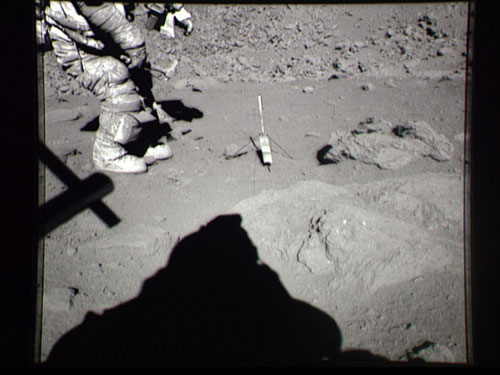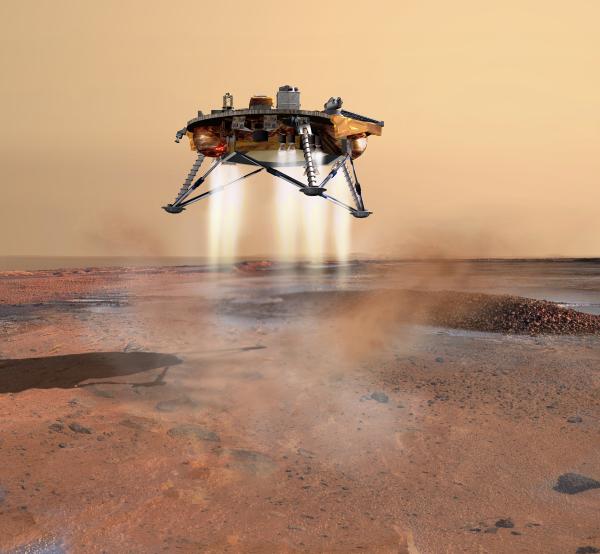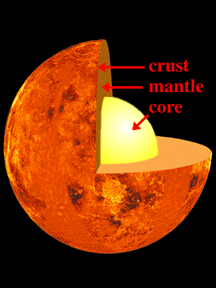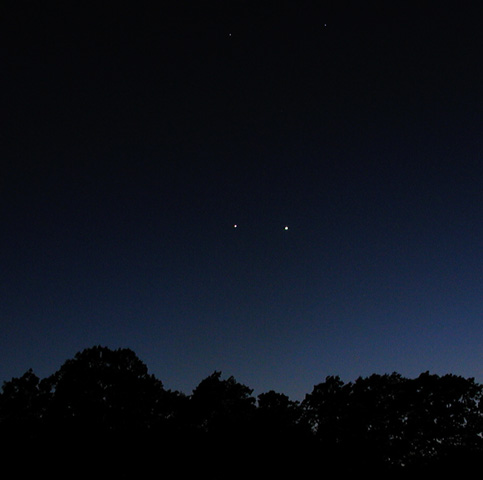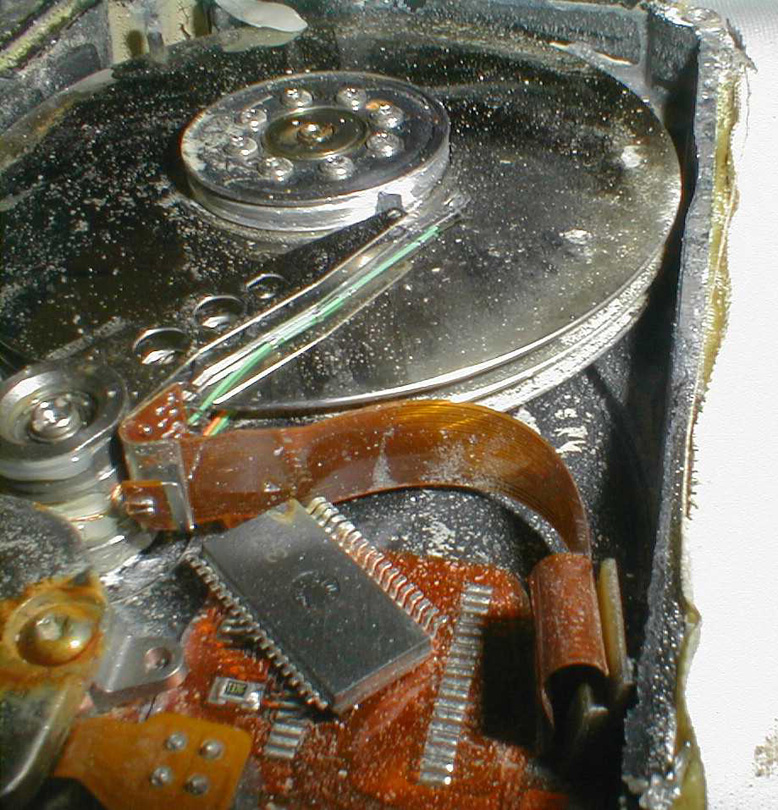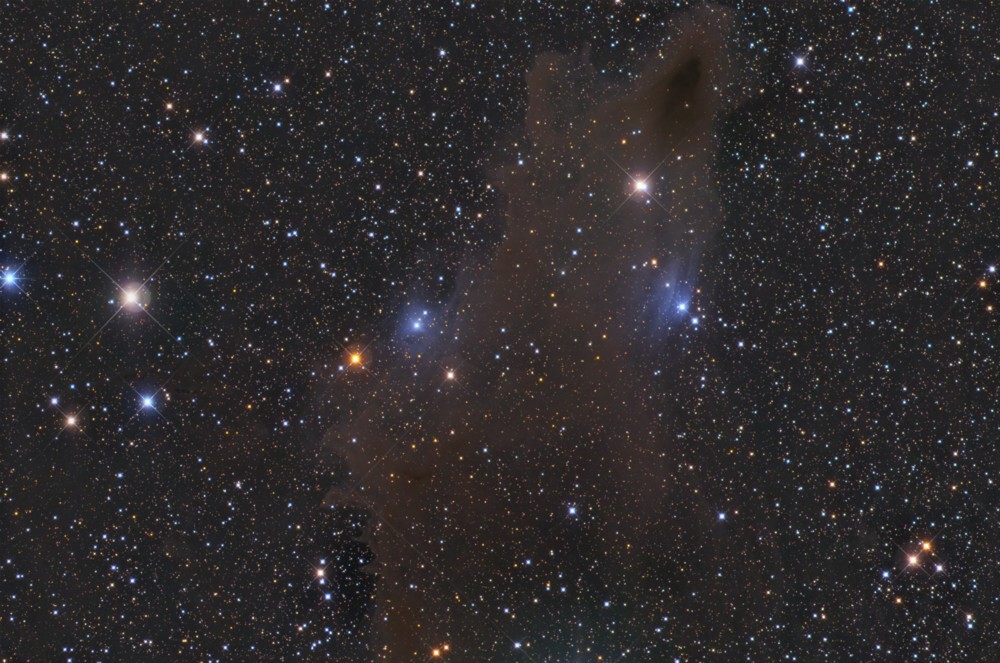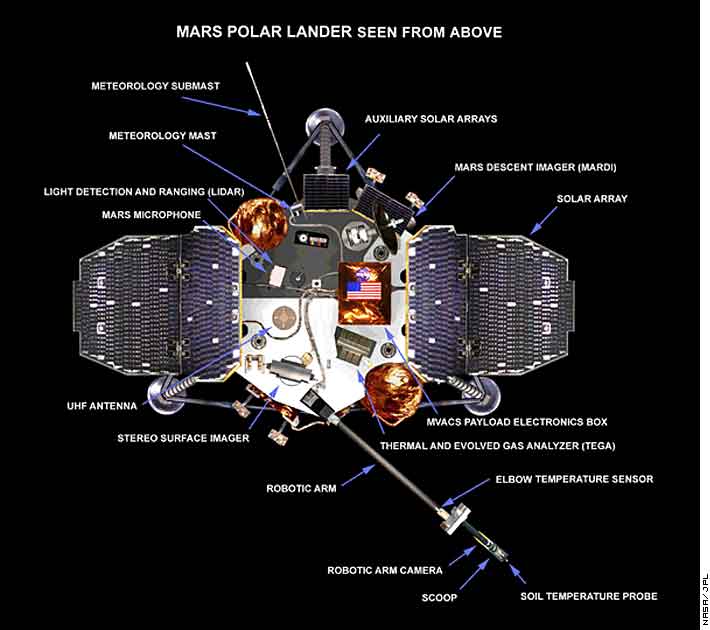Dusting the house might be a chore here on Earth, but when astronauts return to the Moon, they’ll need to be neat freaks. Their lives might depend on it! According to researchers at the National Space Biomedical Research Institute, the health of lunar astronauts will depend on how well they can keep the fine lunar dust out of the air.
During the Apollo lunar missions in the 1960s and 1970s, astronauts realized how much this lunar dust was a hassle to their exploration of the Moon. The tiny particles clung to everything, and when the astronauts returned to their lander, it made a real nuisance. By the end of their missions, the astronauts said there was so much dust in their vehicles that they could smell it.
There are no known illnesses associated with the dust today; but the astronauts just weren’t exposed to it long enough. But scientists studying it back on Earth found that the dust was very similar to fresh-fractured quartz, which is highly toxic to humans. When astronauts return to the Moon in the next decade, they could be on the Moon for months, and exposed to much larger quantities of the dust.
And there’s another problem. Because of the reduced gravity on the Moon, and the tiny size of the dust particles, our respiratory system might not be able to handle the particles as well as we do on Earth. Here’s Dr. Kim Prisk, an adjunct professor in the Department of Medicine at the Department of Medicine at the University of California, San Diego:
“In the moon’s fractional gravity, particles remain suspended in the airways rather than settling out, increasing the chances of distribution deep in the lung, with the possible consequence that the particles will remain there for a long period of time.”
To conduct their research, the scientists are taking participants on NASA’s Microgravity Research Aircraft. This is a special aircraft that flies on a parabolic path. At the height of each arc, people on board the aircraft experience a brief period of low gravity, or even weightlessness.
When the gravity is lowered to the same as the Moon, the participants breath in small particles, which the researchers then study as they move down the airways. They want to know how many end up in the lungs. The deeper the dust goes into the lungs, the more dangerous it’ll be.
Again, here’s Dr. Prisk:
“With the reduced-gravity flights, we’re improving the process of assessing environmental exposure to inhaled particles. We’ve learned that tiny particles (less than 2.5 microns) which are the most significant in terms of damage, are greatly affected by alterations in gravity.”
The next step will be to figure out how to limit the amount of exposure to the dust. The more dangerous the dust is, the more complicated an engineering task it will be to keep it all out.
Original Source: NSBRI News Release

